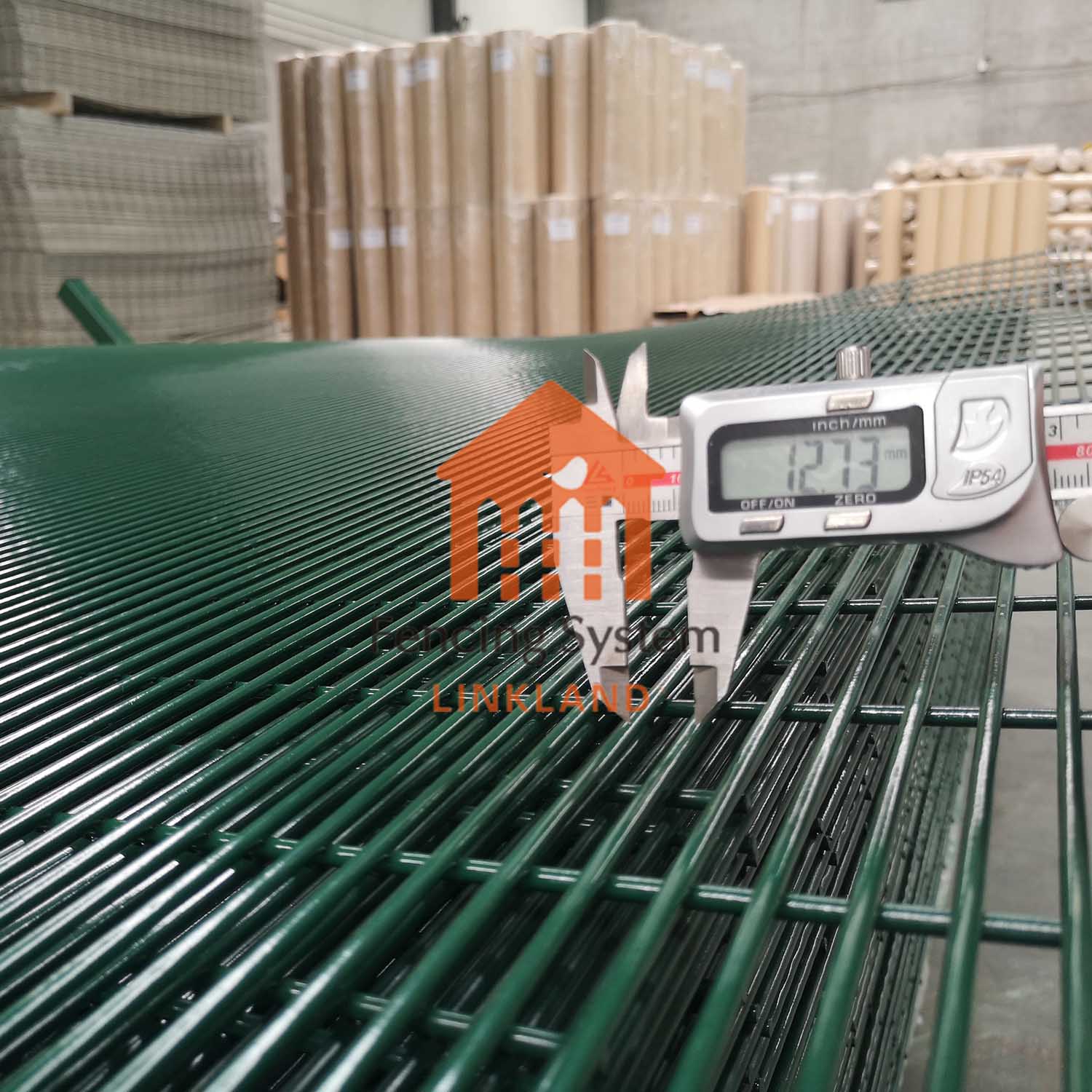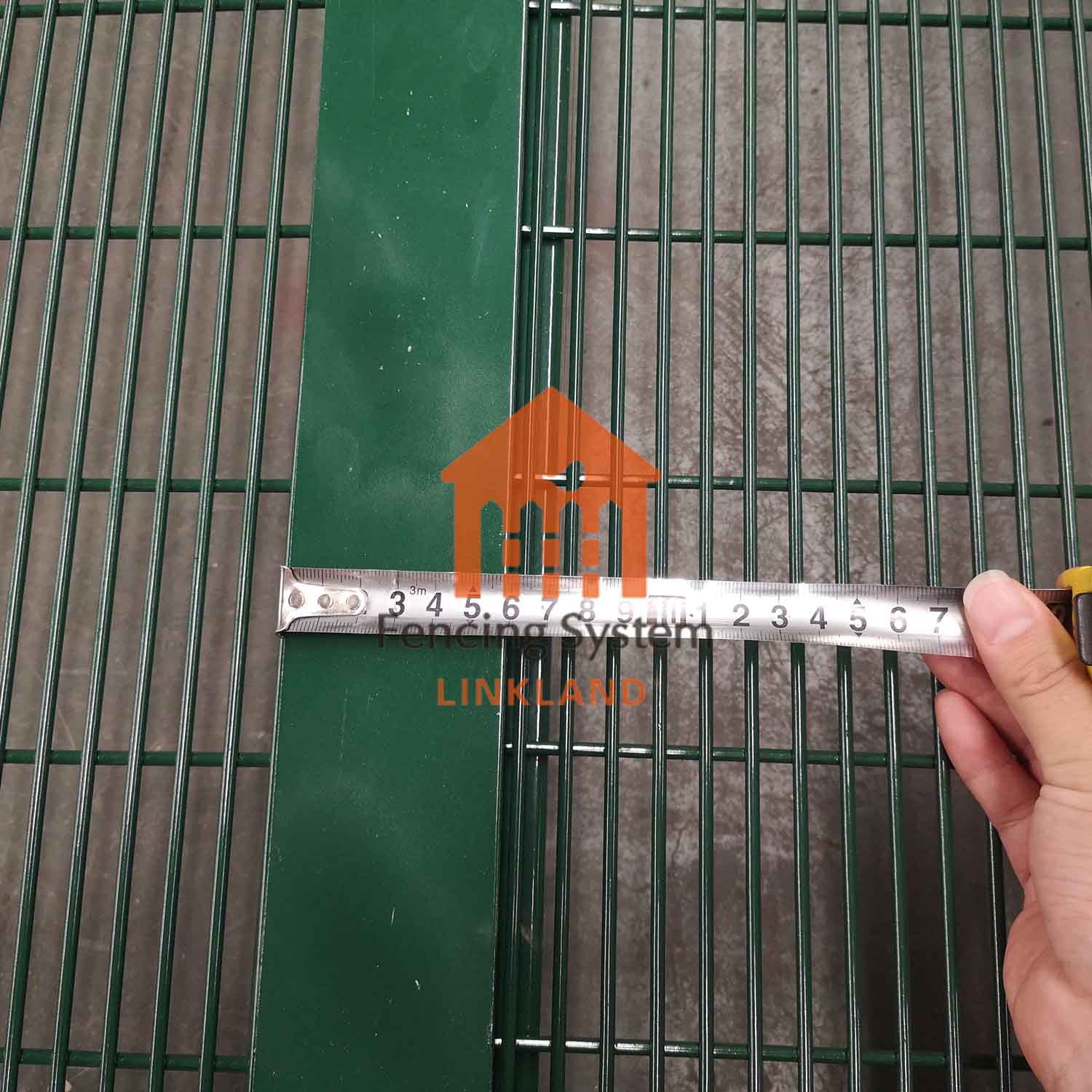Fixed way
Bolted: The fence can be bolted or screwed to the supporting structure to ensure the stability and firmness of the fence.

Welding Fixation: Steel anti-climb fences can be welded together to the supporting structure to provide a stronger fixation.
Snap-fit fastening: Some types of anti-climb fences can use special snap-fit systems to join inpidual fence panels together to form a continuous fence structure.

security considerations
Climbing support: The number of possible support points between the fence and the support structure should be minimized to prevent climbers from using the support structure to climb.

Boundary Protection: Fences should completely surround the area to be protected, ensuring that there are no gaps or weak spots that would prevent climbers from finding an opportunity to enter.
Regular inspection and maintenance: After installation, the fence should undergo regular inspection and maintenance to ensure its structural integrity and functionality.
The anti-climb fence can effectively prevent climbing and overturning behaviors through its mechanical structure characteristics and proper installation. In addition, during installation, it is necessary to select an appropriate support structure, determine the height of the fence and safety clearance, and determine the installation density according to safety requirements and budget. Fixing methods can be bolted, welded or buckled. Finally, after installation care needs to be taken to prevent climbing supports, to ensure fence integrity, and to conduct regular inspections and maintenance.
Pre:Anti-climb fence Retrofit: Turning Safety Into a Masterpiece of Art
Next:Test Limits: Analysis of the Bearing Capacity of Anti-Climb Fence